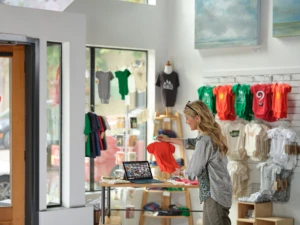
Francois van Splunder articles
Francois van Splunder
Director Product Marketing, Supply Chain


Generative AI in ERP means more accurate planning across the organization
EAs businesses have become more complex and computing more ubiquitous, ERP platforms have grown into aggregated tech stacks or suites with vertical extensions that track data from supply chain, logistics, asset management, HR, finance, and virtually every aspect of the business.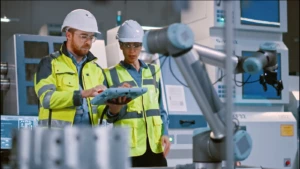
Microsoft Supply Chain Platform at Hannover Messe 2023
In recent years, disruptions like COVID-19, geopolitical conflict, and natural disasters have challenged organizations to improve their supply chain resilience.
Dynamics 365 breathes composability into enterprise resource planning modernization
Retail executives have long understood the critical role that supply chain management plays in their organization’s ability to meet customer demand. Yet, as central as the supply chain is to success in most companies, customers rarely consider it when placing an order.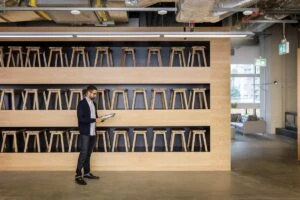
The evolution of retail store into an experience center
With more and more customers looking to digital channels for product information, feedback, and insights, the role of the store is changing from a place that simply houses and transacts products to another integral step in building and differentiating customer experience.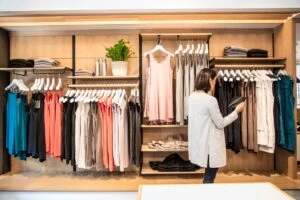
Bridging the omnichannel gap in retail with Dynamics 365
Omnichannel has been around for more than a decade now, so it might be surprising to realize that there are still gaps in a strategy that has become table stakes for most retailers.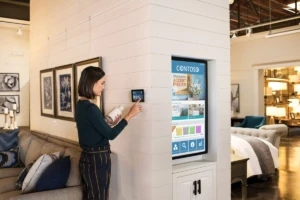
Dynamics 365 Commerce enables the modern and intelligent store
As the retail industry rebounds from the unparalleled disruptions to store operations over the last year, the store’s role in merchant strategy is evolving and being reimagined. For retailers to thrive in ever more competitive marketplaces, they must embrace technology solutions that enable a modern and intelligent store.
Deliver personalized digital customer engagement with Dynamics 365
Consumers and businesses are increasingly turning to digital platforms for relevant product and service information, making it critical for companies to effectively meet and exceed customer expectations through digital services and technology. Microsoft Dynamics 365 is helping organizations meet this challenge by connecting and unifying commerce and marketing activities.
Exceed customer expectations with seamless and unified commerce experiences
Today’s consumers want the flexibility to buy and fulfill where, when, and how they choose. As retailers have expanded on purchasing options for customers—like buy online pick up in-store—they have quickly gone from value adds or differentiators, to baseline customer expectations.
4 post-pandemic retail trends
The last few decades have seen monumental change in the retail industry. Specifically, technology has untethered the shopper from the store and allowed retail to take place anywhere, at any time.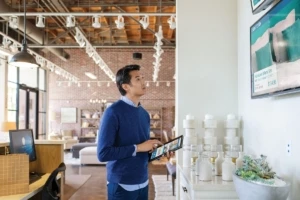
5 trends transforming B2B buying and e-commerce
Many of the forces driving rapid change in B2C commerce are now propelling transformation in the B2B space. Buyers of all types demand an easy, convenient online shopping experience, a requirement that has been accelerated by the pandemic and as Millennials take the decision-making reins.